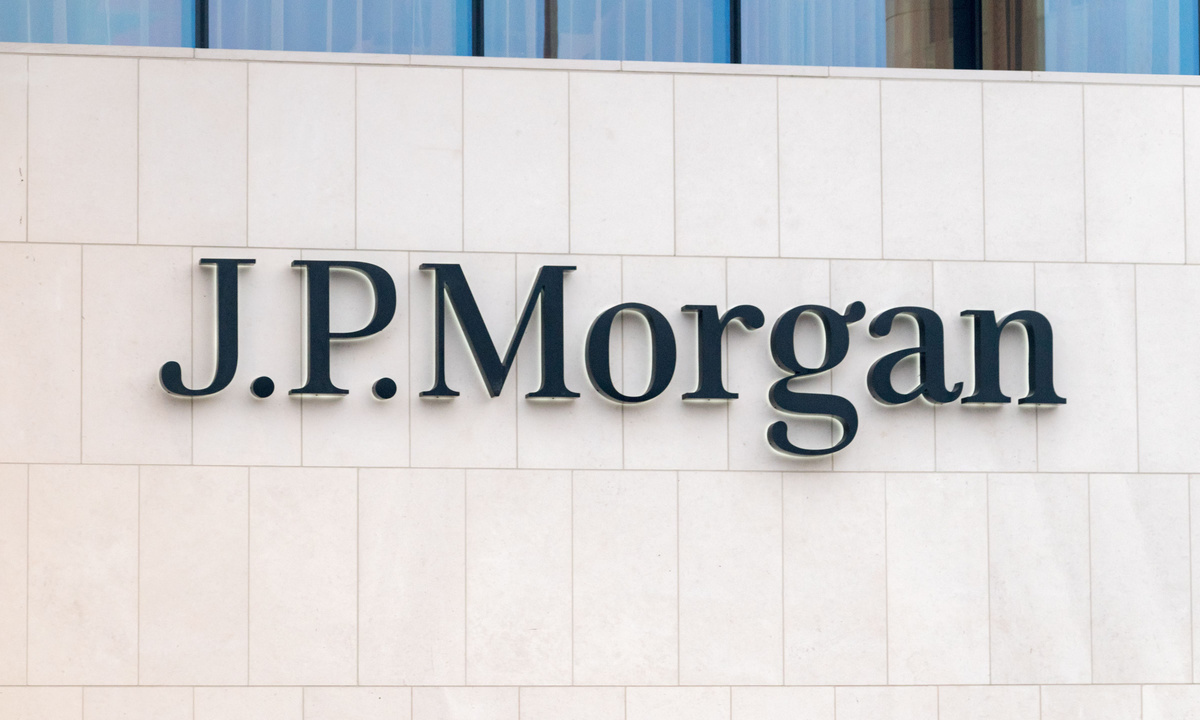
J.P. Morgan Payments expanded its partnership with consumer authentication firm PopID.
The collaboration offers in-store biometric payments to merchants in pilot programs across the United States, allowing shoppers to use a “pay-by-face” system without relying on their phones or credit cards, according to a Tuesday (Aug. 6) press release.
“Biometric loyalty program check-in and payment provides a swift ordering and checkout experience for merchants and customers alike,” the release said. “PopID research has shown the platform decreases ordering and checkout times by up to 90 seconds per transaction and can increase ticket size by 4%.”
Among the merchants using the program is fast food chain Whataburger, which is already accepting biometric payments through PopID’s solution and now plans to extend biometric payments with J.P. Morgan Payments’ processing, per the release.
“Whataburger has already seen a positive impact with faster checkout times and increased loyalty engagement at the counter and on self-ordering kiosks,” the release said. “After registering for biometric loyalty and payment in the Whataburger mobile app, guests no longer need to pull out their mobile phones and scan the QR code to check into the loyalty program or further authenticate payment, which is done through a biometric scan.”
J.P. Morgan began testing biometric payments at retailers last year. Efforts like this come in response to consumer demand for biometric authentication offerings.
The PYMNTS Intelligence report “Consumer Authentication Preferences for Online Banking and Transactions” found that close to half of all consumers had used biometrics — fingerprint, face or voice recognition — to gain access to online accounts and payment methods in the month before being surveyed.
Fifty-two percent of that group said biometrics was their preferred authentication method. In addition, the study found that 31% of consumers see biometrics as the most secure method for authentication, while 9% of consumers said the same about passwords. The data also showed that respondents saw biometrics as somewhat more convenient, faster and easier to use than passwords.
Another PYMNTS Intelligence report “Tracking the Digital Payments Takeover: Biometric Authentication in the Age of Mobile” showed that two-thirds of consumers use or show interest in biometric identification methods. Eighty percent of consumers using biometric authentication said they use the technology to make purchases with their mobile devices.